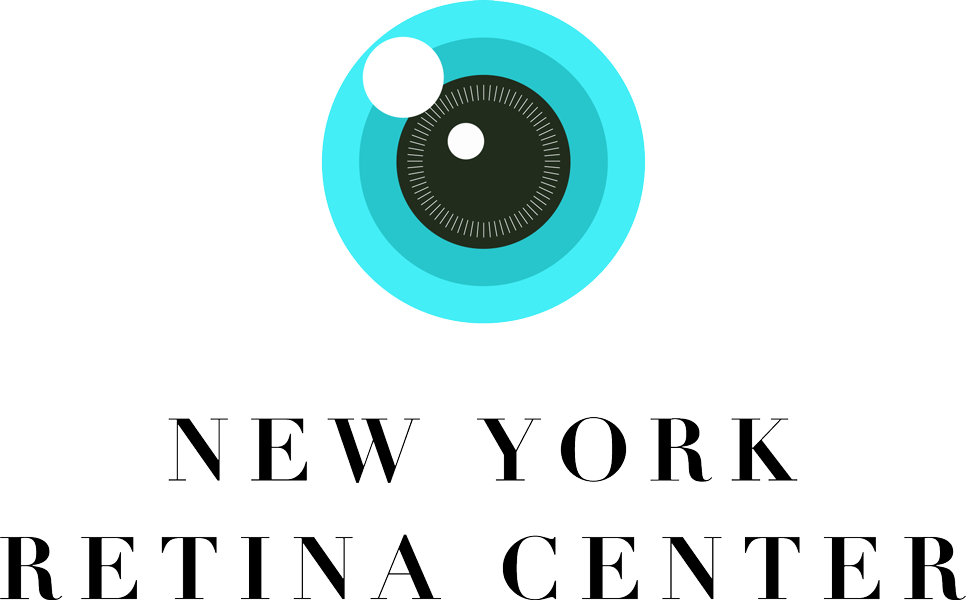Have you noticed that your vision is becoming cloudy, colors are fading, or lights seem too bright? These are common signs of cataracts, a gradual clouding of your eye’s natural lens. At the New York Retina Center, Dr. Brandon Johnson provides compassionate, expert care to help you regain clear, comfortable vision and confidence in your daily life.
What Are Cataracts?
Cataracts occur when the normally clear lens inside your eye becomes cloudy, causing blurred or dim vision. This clouding often develops gradually as part of the natural aging process, but it can also result from diabetes, eye injury, certain medications, or prolonged exposure to the sun. You may notice increased glare, halos around lights, or difficulty reading and driving at night. At New York Retina Center, Dr. Johnson carefully diagnoses and treats cataracts with precision, helping you see the world clearly and comfortably once again.

Common Signs & Symptoms of Cataracts:
- Blurred, cloudy, or dim vision that worsens over time
- Increased sensitivity to bright lights or glare
- Difficulty seeing clearly at night or in low light
- Colors appearing faded or yellowed
- Seeing halos around lights, especially while driving
- Frequent changes in eyeglass or contact lens prescription
- Double vision or ghosted images in one eye
- Trouble reading small print or recognizing faces
- Needing brighter light for detailed tasks such as sewing or reading
What Causes Cataracts?
Inside your eye, the lens focuses light onto the retina, allowing you to see sharp, detailed images. Over time, the proteins within this lens can break down and clump together, forming cloudy areas known as cataracts. This process gradually interferes with light passing through the eye, leading to blurry or hazy vision and difficulty seeing clearly.
While aging is the most common cause, several factors can speed up cataract formation:
- Long-term sun exposure without UV protection
- Diabetes or other metabolic disorders
- Smoking or heavy alcohol use
- Previous eye injuries or surgeries
- Long-term use of corticosteroid medications
- Family history of cataracts
- Radiation exposure
- Poor nutrition or antioxidant deficiency
When to Seek Treatment for Cataracts?
You should consider treatment when cataracts begin to interfere with your daily activities, such as reading, driving at night, or recognizing faces. Early evaluation ensures an optimal outcome and prevents further vision loss. At New York Retina Center, Dr. Johnson offers expert diagnosis and personalized care to restore clarity. If you notice persistent blurry vision or increased light sensitivity, it’s time to schedule a comprehensive eye exam.
How Are Cataracts Treated?
In the early stages, cataracts can often be managed with stronger lighting, updated eyeglass prescriptions, or magnifying lenses to improve vision. However, as the clouding progresses, these measures become less effective, and surgical treatment becomes necessary.
Cataract surgery is a safe, advanced procedure in which the cloudy lens is gently removed and replaced with a clear, artificial intraocular lens (IOL). At New York Retina Center, Dr. Johnson offers customized lens options to match your visual needs, helping you regain sharp, vibrant vision and return to your normal activities and lifestyle.
Schedule Your Consultation
New York Retina Center is dedicated to helping you see clearly again with compassionate, expert care. Led by Dr. Brandon Johnson, a board-certified ophthalmologist and fellowship-trained retina surgeon educated at the University of Pennsylvania and Wills Eye Institute, our team understands how deeply cataracts can affect your life. You deserve to enjoy the world in full color and clarity. Schedule your cataract consultation in Manhattan today and let Dr. Johnson guide you toward brighter, sharper vision.
